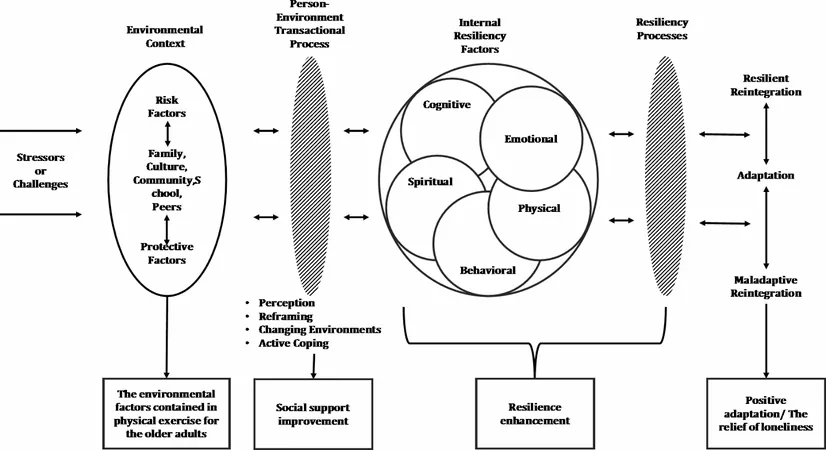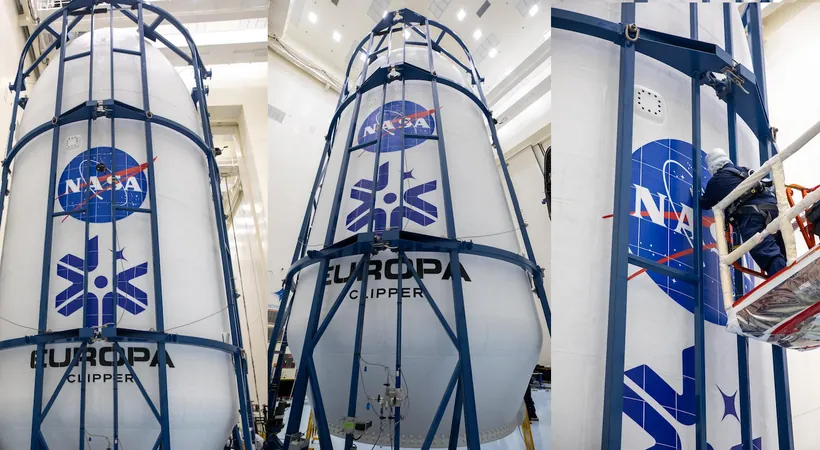
Private Astronaut Missions to the ISS Poised for Expansion Amid Growing Interest
2024-10-02
Introduction
In a bold move to tap into the commercial space sector, companies vying to develop their own space stations are urging NASA to accelerate opportunities for private astronaut missions (PAMs) to the International Space Station (ISS). This push comes as part of a broader strategy initiated by NASA in 2019 aimed at commercializing the ISS, allowing for up to two PAMs to be launched annually.
Current Status of PAMs
To date, three PAMs have successfully completed their missions, all orchestrated by Axiom Space. Their next flight, Ax-4, is set to launch in spring 2025, but the overall momentum has lagged, with missions occurring at a slower pace than initially anticipated. Axiom's Ax-1 commenced its journey in April 2022, followed by Ax-2 in May 2023, and the upcoming Ax-3, which is scheduled for January 2024.
Concerns and Competitive Landscape
Concerns have arisen over the lack of new requests for proposals (RFPs) from NASA for additional PAMs, casting doubt on the potential for a fifth mission before 2025. While companies like Axiom remain optimistic about participating in future missions, challenges lurk on the horizon as they simultaneously work towards developing commercial space stations that may soon replace the ISS.
“There's a tremendous asset available in low Earth orbit (LEO) that we must maximize. Continuously executing private astronaut missions is a crucial part of that effort,” emphasized Jared Stout, Axiom Space's vice president of government and external relations, during a recent panel discussion at the Space Capitol Forum 2024.
Emerging Competition
Historically, Axiom's missions have faced little competition, but that tide may be shifting. Vast Space, which plans to launch its Haven-1 space station in late 2025, has expressed intentions to compete for future PAM opportunities. Richard Leshner, vice president of government affairs at Vast, stated, “If NASA releases an RFP, we would certainly participate. We are hopeful for progress on this front.”
Funding Challenges
Funding limitations within NASA have raised concerns that the frequency of PAMs could be affected. Leshner noted, “It’s reasonable to expect another RFP for future missions, but there are genuine worries about whether NASA can maintain their previous pace of execution.”
Global Interest in Human Spaceflight
Interestingly, the missions that Axiom has conducted have sparked significant interest from governments worldwide. While the inaugural mission carried three private individuals, Ax-3 and the forthcoming Ax-4 feature crews that include government astronauts. This shift underscores a burgeoning global interest in human spaceflight.
“Countries that previously lacked opportunities are now eager to send their astronauts into space. This is a remarkable lesson; human spaceflight can indeed ignite a nation's industries and population's interest in space exploration,” Stout expressed.
Future Outlook
Looking ahead, both Axiom and Vast see a robust future for multiple annual PAMs from various nations. “There’s a strong potential for increasing the frequency of these missions, showcasing a growing national commitment to human spaceflight programs, which could exceed current market capabilities,” Stout concluded.
Conclusion
As the pursuit of commercial spaceflight picks up pace, all eyes will be on NASA to see how quickly they can adapt and respond to these burgeoning demands in the new frontier of space exploration. Stay tuned for more updates on what could be humanity's next giant leap into the cosmos!


 Brasil (PT)
Brasil (PT)
 Canada (EN)
Canada (EN)
 Chile (ES)
Chile (ES)
 España (ES)
España (ES)
 France (FR)
France (FR)
 Hong Kong (EN)
Hong Kong (EN)
 Italia (IT)
Italia (IT)
 日本 (JA)
日本 (JA)
 Magyarország (HU)
Magyarország (HU)
 Norge (NO)
Norge (NO)
 Polska (PL)
Polska (PL)
 Schweiz (DE)
Schweiz (DE)
 Singapore (EN)
Singapore (EN)
 Sverige (SV)
Sverige (SV)
 Suomi (FI)
Suomi (FI)
 Türkiye (TR)
Türkiye (TR)